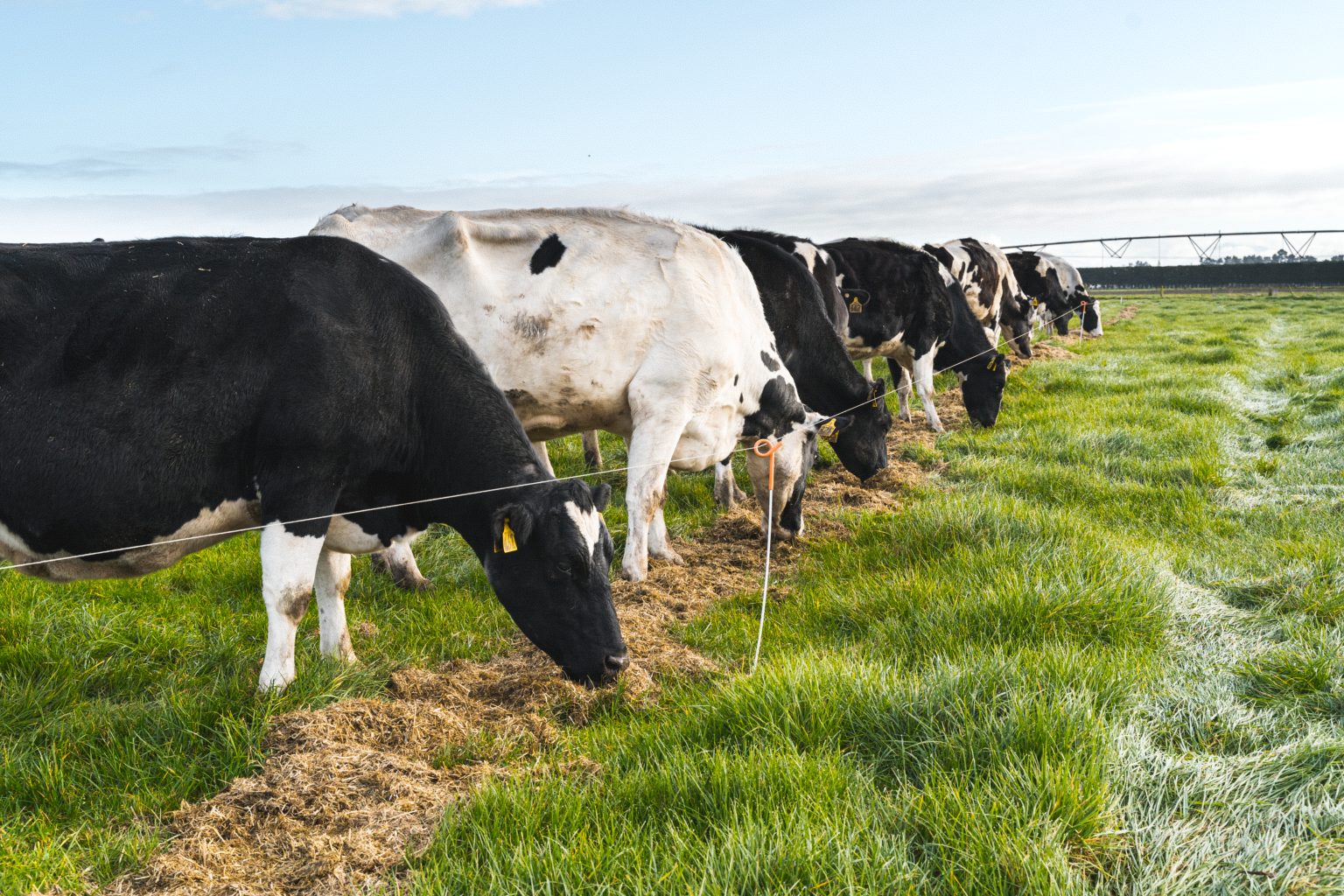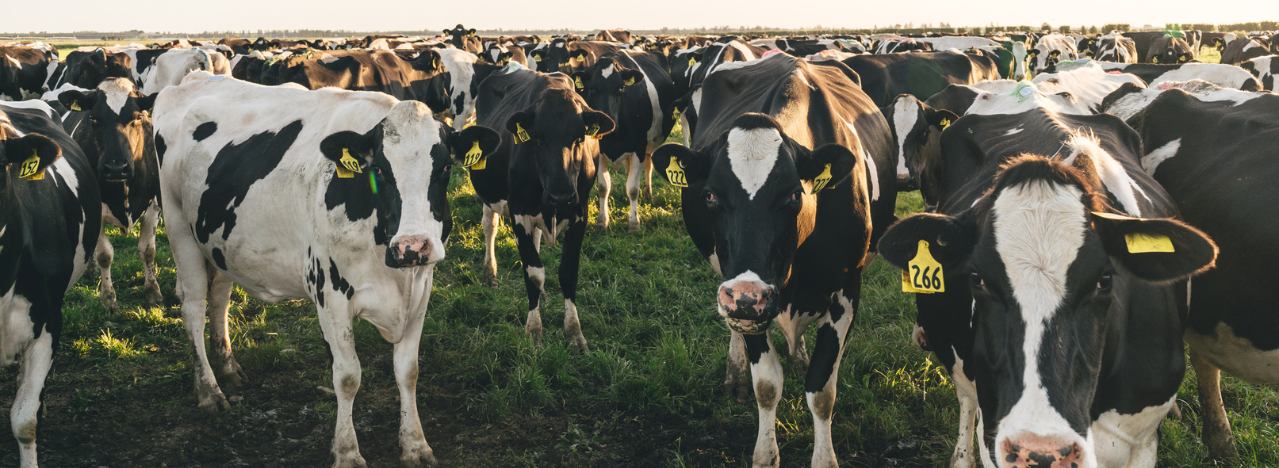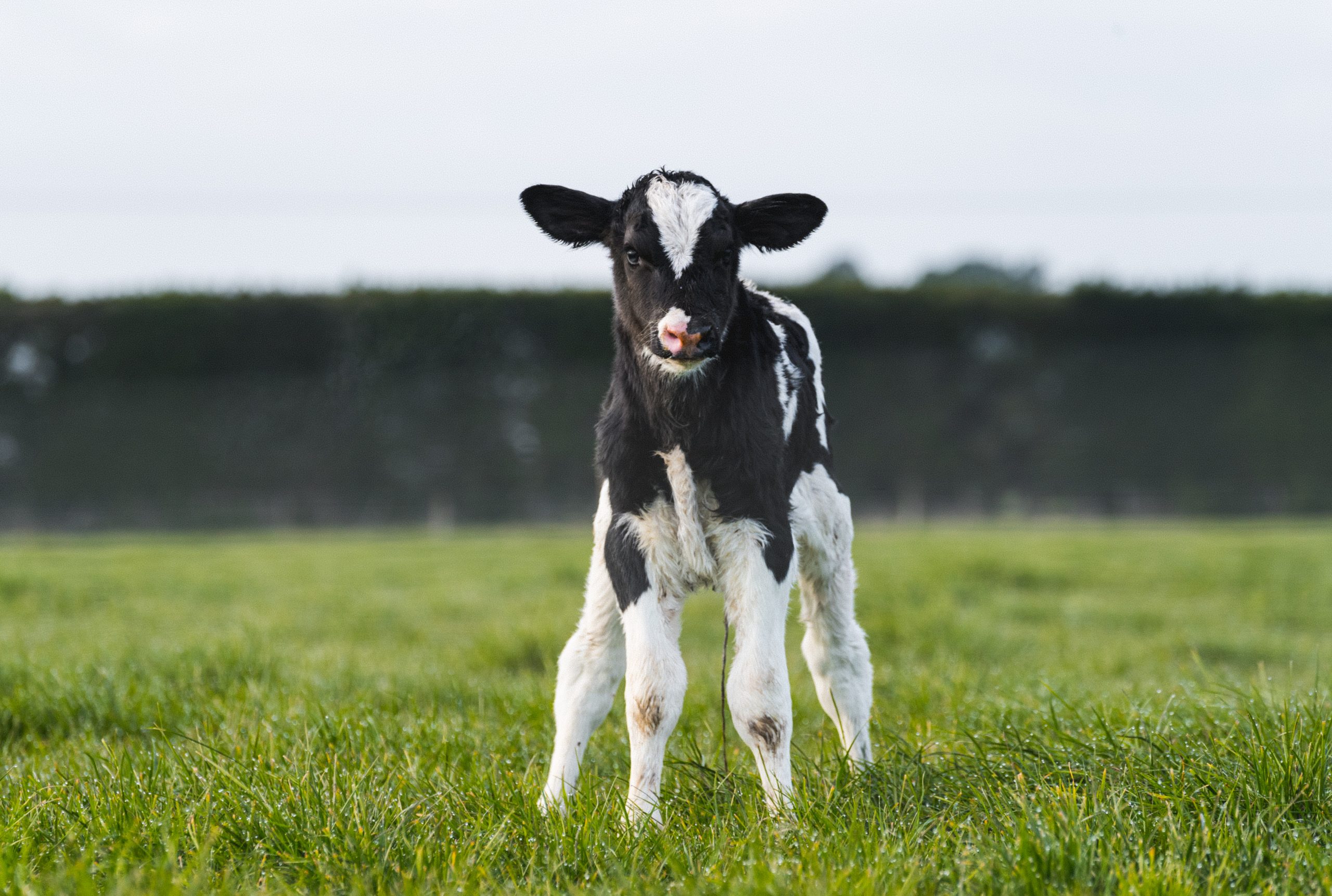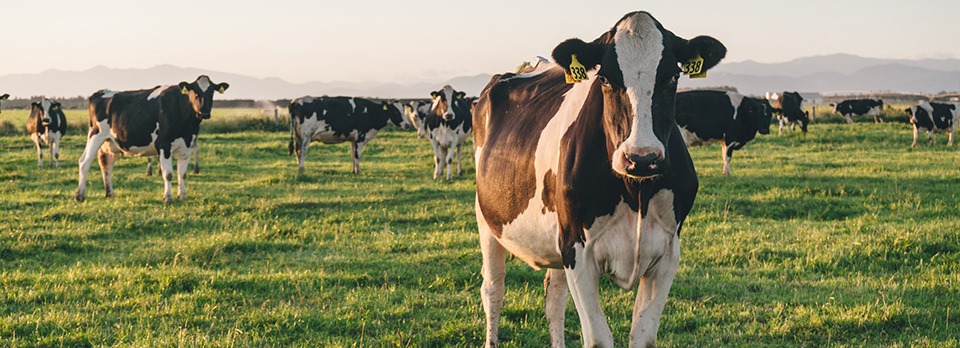
THE VITAL ROLE OF LIVER HEALTH IN OPTIMISING DAIRY COW PERFORMANCE IN NEW ZEALAND
Among the organs crucial to a cow’s overall health and productivity, the liver stands out as a powerhouse of metabolic activity and immune function. We

Among the organs crucial to a cow’s overall health and productivity, the liver stands out as a powerhouse of metabolic activity and immune function. We

Sections in this article: Exploring the metabolic process and factors leading to ketosis Serious impacts of subclinical ketosis Prevalence of subclinical ketosis in NZ dairy

Transition is a pivotal phase in a dairy cow’s production cycle. During this period, cows undergo significant physiological changes, including increased metabolic demands and adjustments

The importance of a well-functioning rumen for transition is especially emphasised in New Zealand’s diverse climatic and grazing conditions. Due to our reliance on a

Successfully carrying the foetus through to full term is quite a balancing act. Maintaining a successful pregnancy requires the correct level of energy, and protein, as well as a quality source of carbohydrates. In the case of a ruminant, this means good-quality fibre. Also required is a correctly balanced ratio of minerals and vitamins. These are all critical factors in maintaining the very tightly balanced ratio of hormones required in early pregnancy.

The lead up to another calving period means the next few weeks offer an opportunity to meet the nutritional demands of your cows. Good nutrition

All farmers will recognise a downer cow by the symptoms presented, and they know that this disease is brought about through a low level of calcium in the blood during a stress period.
This issue is commonly called milk fever and the cow involved a downer cow. What farmers won’t always recognise is that the cows that present with clinical symptoms are just a small part of a much bigger issue. This is why most researchers into the disease will use terminology such as hypocalcemia, as this broader term better conveys the true issue (calcium deficiency), and the fact that the disease takes many forms and effects many processes critical to early lactation.
For every incidence of a downer cow there will be many more cases where the cow stays on her feet but suffers the wider effects of the deficiency. Calcium deficiency can commonly exhibit in such things as calving problems, metritis, retained fetal membranes, mastitis, poor immunity, poor conception and the list goes on. Few of these things are as dramatic as the downer cow, yet they are equally important.
THE BODY’S CALCIUM BALANCING SYSTEM
The majority of feed sources supply more than adequate levels of calcium, yet calcium is among the most poorly absorbed elements. The body controls calcium uptake very tightly as an imbalance can lead to serious complications. This is done through the release of hormones, particularly, parathyroid hormone and vitamin D (a hormone not a vitamin), and calcium storage is controlled by another hormone called calcitonin. The body’s hormonal system responds quickly to manipulate the available calcium level based on demand. This system works really well, provided the diet is right and the cow has not been subject to longer term deficiencies. And also provided they are not under or over conditioned cows, as these cows are not as good metabolically at regulating these hormones.

I recently wrote an article on the unseen impact of milk fever and how widely spread this issue can be without correct mineral support. The challenge of calcium deficiency is a fairly large topic and it’s important to now cover the other key information farmers should consider in managing the pasture dominant diets of our dairy herds at this critical time.
Pasture still makes up a significant portion of the diet for many of New Zealand’s springer cows. Our lush pasture and high growth levels lead to higher than optimal levels of potassium. Levels in the plant can often supply potassium in excess of 300% of a cow’s daily nutritional requirement. High potassium not only restricts the animal’s ability to uptake other essential minerals, it also changes the acid/alkali balance of the body which can seriously impact the body’s ability to release hormones critical to calcium utilisation during calving and early lactation.
The DCAD system of feeding involves adding acid forming salts to the diet of springer cows in an attempt to further drive this metabolic acid/alkali balance slightly more towards the acid range, thus facilitating the release of the hormones required to release calcium. Provided this feeding system is correctly implemented, when compared to other options, this approach is also very cost effective.
CALCIUM OR NO CALCIUM?
The calibration used in the correct formulation of these diets is expressed in total milliequivalents (mEq). An unmodified pasture-based springer cow diet can typically have a DCAD anywhere from +350 to +550 mEq’s or even higher, dependent on the level of pasture being fed. The aim is to get the mEq level of the diet down as low as possible. Under New Zealand conditions that normally means somewhere between -15 to +120 mEq’s. This is achieved by manipulating the feed sources in the diet and then adding a specific blend of acid forming salts. With the correct blend, palatability is maintained while reducing the total feed DCAD levels substantially.